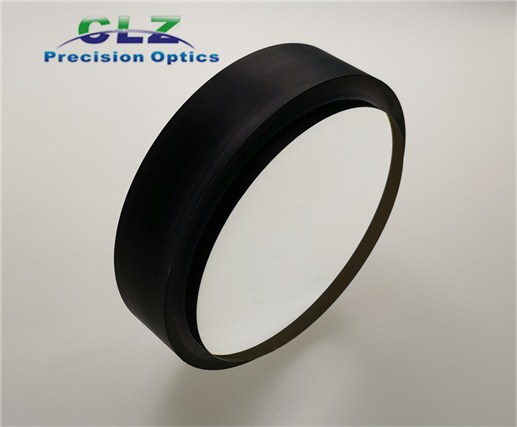Does the Achromatic Lens Have Heat Insulation Function?
Dec. 02, 2024
As a Spherical Lenses Manufacturer, share with you.
Actually, achromatic lens refers to a sort of photoelectric glass which integrates liquid crystal dimming film and glass clip glue as well as has the impact of "electrifying transparency, power off and also grinding opacity".
Achromatic Lens
When buying achromatic plywood lens, one of the most concerned parameters of customers is the transmittance. The higher the transmittance, the far better the product. The transmittance of the achromatic lens is generally affected by the complying with 3 aspects: glass initial film, film clip and also dimming movie.
First off, glass. Glass is primarily divided into white glass and super white glass. Plain white glass has iron oxide, manganese oxide and also other steel oxides. It looks eco-friendly. Usually, its passage rate is 82% ~ 84%. Ultra-white glass contains very low steel oxides. It looks clear and also elegant. Normally, its passage is 89% ~ 91%. But presently, the openness of ultra-white glass generated by the most advanced tools is only 93%.
After that let's talk about movie. There are 2 type of film for the clamping of achromatic adhesive lens: EVA and also PVB. The transmittance of far better clear film can reach greater than 90%. The transmittance of movies with different high qualities as well as colors is rather various, which is not to be reviewed here.
The transmittance of lowering film is one of the most important element impacting the passage of achromatic lens. There are domestic and imported lowering movies. The passage of domestic movies is generally in between 73% and also 83%. The transmittance of imported movies is normally higher than that of residential films. The transmittance can get to 85% or greater, however the cost is likewise rising.
In Achromatic Lens, it is more vital to focus on the application as well as layout of hollow achromatic lenses( due to the fact that glass occupies a larger location than aluminium alloy frameworks in curtain wall surfaces). If 10 +12 A +10 hollow glass is utilized, the heat transfer coefficient K has to do with 3.0 W/( m2K), and also the warm transfer coefficient is nearly 1/2 less than that of solitary glass, which can significantly reduce energy consumption. As a result, in the case of high thermal insulation performance requirements, hollow glass should be used. If inert gas is filled in the hollow glass, its K worth can additionally be minimized to 1.3 W/( m2K).
When the area of aluminium alloy account is unmodified, hollow glass with different density is set up by transforming the size of protecting strip and also sticky strip. The achromatic lens designed this way can satisfy various thermal insulation layout demands for owners of different regions, various kinds of buildings as well as various requirements. The use of thermal insulation drape wall surface can play an excellent energy-saving and also sound reduction result.
Compared to normal single-layer glass, the energy consumption is saved concerning 25% ~ 50%, as well as the noise decrease has to do with 30 db ~ 40 db.
Node style of vibrant drape wall surface.
Dynamic drape wall surface is a new sort of energy-saving curtain wall and also a brand-new development of curtain wall technology. According to its structure, it can be split right into 2 kinds: "shut internal flow system" and also "open exterior blood circulation system" of all-natural air flow. The former demands compelled ventilation via motors, so the general energy-saving level is low; the latter uses all-natural air flow, so the energy-saving effect is a lot more noticeable.






















